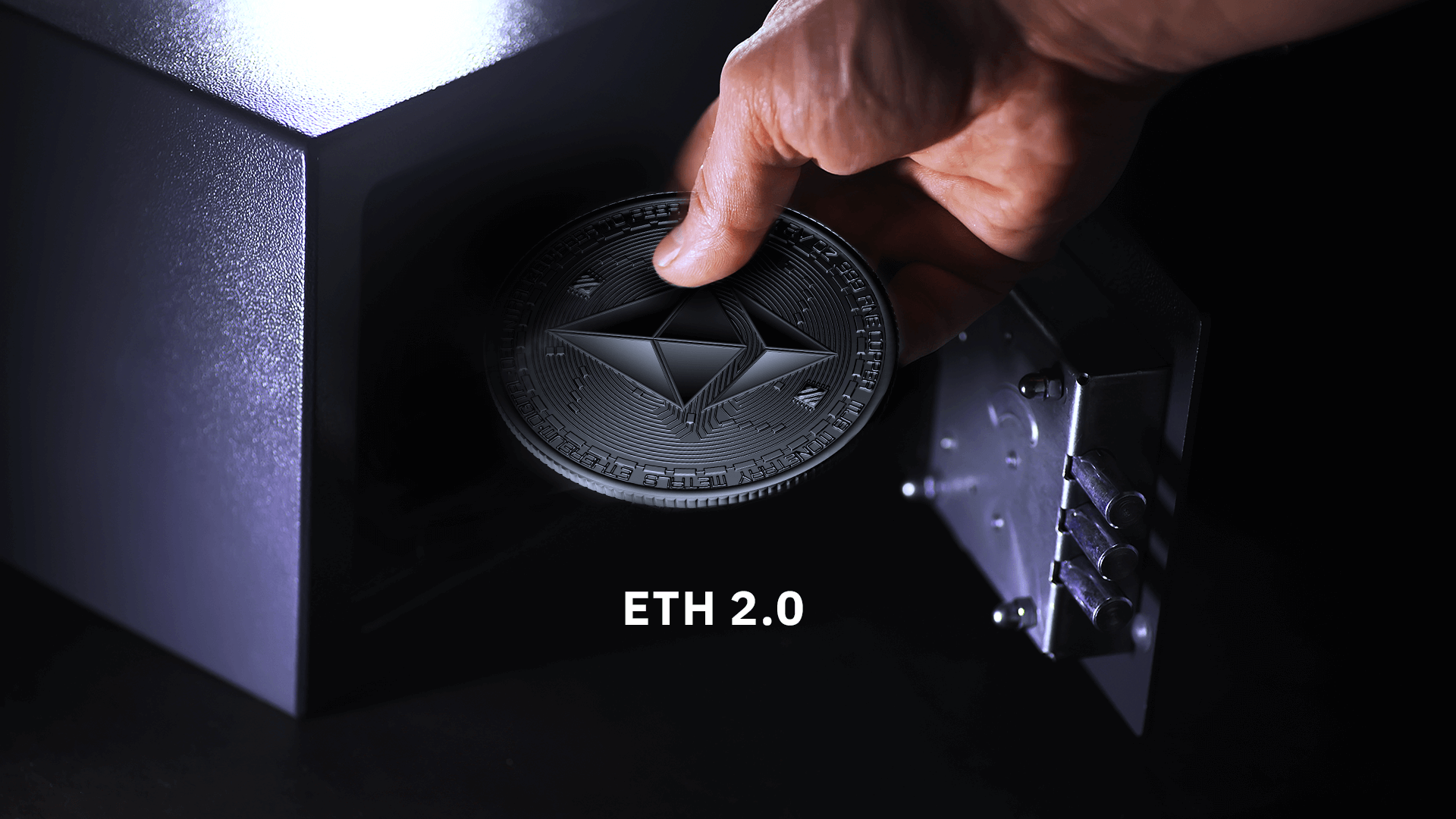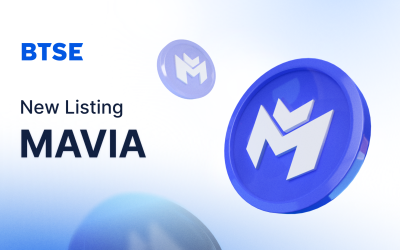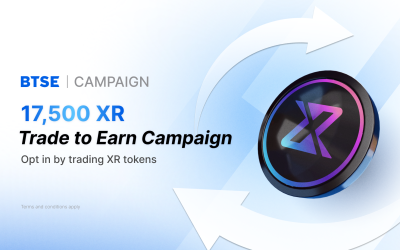Ethereum has become a victim of its own success. Its decentralized and permissionless approach that has led to the revolution of DeFi has also made Ethereum cost-prohibitive for many users, many of whom today are unable to even try applications on Ethereum.
The challenge is that the adoption of DeFi is growing at a rate faster than current blockchains can support in usability.
While the community waits for the final form of ETH 2.0 to improve scaling and network congestion, a landscape of Layer-2 (L2) projects is already solving some of Ethereum’s network clogs, allowing for easier access to DeFi platforms with lower network fees.
While the community awaits ETH 2.0, in the short term a combination of L2 scaling solutions – notably rollups, along with the ETH 2.0 Phase 1 data layer – and various Layer-1 (L1) blockchains like Avalanche and Solana that have seen large jumps in adoption are filling the market need for low transaction fees and fast transactions.
It remains unclear yet when Phase 2.0 (shard chains) of ETH 2.0 will happen or if the future will depend on roll-ups entirely. Given that, there are potential implications for the L1 blockchain protocols market, L2 scaling solutions market, and the implications for ETH 2.0.
Overview of Layer-2 Scaling Solutions
L2 solutions involve scaling that is off-chain, meaning transactions and computations happen off of the Ethereum base chain, keeping the base layer free of congestion. L1 solutions involve scaling on-chain transactions or scaling solutions that keep all transactions on the base layer.

Source: Messari.io
The existing ETH L2 scaling solution landscape includes rollups, of which there are many varieties, such as Loopring, Zksync, Optimism, and Arbitrum; Validium solutions such as Starkware and zkPorter; sidechains such as xDai and Skale Network; state channels such as Celer; and Plasma solutions such as Polygon and OMG Network.
Each of these scaling solutions includes its own unique optimizations and trade-offs and can be combined, and while some are application-specific such as for payment channels, others are usable for any contract executions.
Rollups execute transactions off-chain and write cryptographic proofs of validity to the chain when complete, which frees up resources on the main chain and reduces congestion and fees.
Sidechains function as parallel secondary blockchains that interface with the main chain, effectively also taking pressure off of the base layer. Sidechains can act as interoperable bridges across multiple base networks, providing added liquidity and compatibility for connection chains.
Rollups run using EVM-compatible machines and allow for smart contracts to maintain composability, which is useful for DeFi. The scalability of rollups can be magnified by ETH 2.0; because rollups only need the data layer to be scaled, they can be used in ETH 2.0 Phase 1.
Rollups, therefore, provide the most complete solution versus Plasma chains or state channels, which do not support application development, and better security than sidechains, which sometimes rely on independent consensus mechanisms. Rollups provide Ethereum a path to scalability that rivals the timeline of new L1 solutions reaching maturity to market, in the sense that L1 competitors are in a race against a viable rollup solution.
Drawbacks of L2 Solutions
Weaknesses in these L2 scaling solutions include the fact that there is no single global state that supports composable smart contracts. That means that while most users currently rely on simple L1 systems for use and interaction, L2 scaling solutions require changes in user behavior, wallets, oracle, and dApps, with various tradeoffs in security.
Developers building smart contracts may not want to deal with L2 or security models in side chains, for example. They also may not want to face the extra development hurdles in figuring out how to run computations off-chain using zero-knowledge (ZK) Proofs.
Cross-L2 transfers currently are not seamless, and side chains require bridging, which means an overall lack of communication between various L2 projects.
Drawbacks of Plasma include a long waiting period for users to withdraw their funds from L2.
State channels are application-specific, not for general-purpose smart contracts, and require funds to be locked up ahead of time before using them.
ZK-rollups, although faster and more efficient than optimistic rollups, do not provide an easy way for the existing smart contracts to migrate to L2. Setting up ZK-rollups also relies on a centralized party such as a developer, which undermines decentralization and opens the risk of social engineering hacks.
The benefit of ETH 2.0’s sharding over L2 solutions like rollups includes the fact that sharding ensures the entire system functions as a collective with the same validity and access to the data. There are no deposits or funds staked in shards unlike in rollups or Plasma solutions, as shards are a part of the main chain.
ETH 2.0 vs Layer 1 and Purpose-Built Protocols
New Layer 1 protocols can stand out by targeting niche sectors, or with radically different designs, architectures, and consensus mechanisms. The future could involve multiple primary chains such as Ethereum and Solana, interacting with each other through a series of side chains.
Certain purpose-built, niche blockchains have arisen as alternatives for specialized tasks – to make supply chains more efficient, for example, or to help move and store different types of information, or to capture a higher volume of transactions at a much higher throughput and faster settlement time and fewer fees than on the major public blockchains today. These specific-purpose blockchains serve those exchanges of tokens – or of smart contracts or enterprise functions – with specific goals.
Large-scale and complex applications need custom blockchains that are optimized and scalable to solve a specific set of problems that do not require compromising with the limitations of “catch-all” blockchain architecture, such as that of Bitcoin or Ethereum.
While various purpose-built blockchains can be deployed for use case-specific situations, like in an enterprise, a combination of L2 scaling solutions, ETH 2.0, and various L1 blockchains that interoperate can provide the level of throughput required at a low cost to implement the true vision of DeFi, making the financial system accessible and affordable to all.
The Future of ETH 2.0 and L2 Solutions
Since ETH 2.0 is expected to solve many of the scalability problems the L2 scaling solutions are also starting to solve, there is the question of whether the increased throughput and speed from ETH 2.0 will make the adoption of L2 scaling solutions obsolete.
“Blue chip” DeFi apps on Ethereum will likely end up on rollups, if they move from the base layer at all. Community sentiment and financial incentives will play a part in what ultimately happens.
If the future is “rollup-centric”, then the Ethereum 2.0 network will solely be used for security and data availability rather than transaction execution, according to The Block.
The evolution of Ethereum is a dynamic process and the need to solve the problem of high gas fees, scaling and competition means various stages of the transition may be prioritized.
We do not yet know with real-world certainty the level of scalability ETH 2.0 provides. Given that Ethereum adoption and development as a whole will continue to increase, L2 solutions may still have a use case even with ETH 2.0.
If rollups scale and remain viable, Ethereum will likely maintain its monopoly on DeFi applications while ETH 2.0 is being developed.
Furthermore, L2 solutions are not exclusive only to Ethereum and are designed to provide services across multiple blockchains in the future.
Most of the Ethereum community regards ETH 2.0 as a long-term solution, with the continued development of Ethereum ensuring the stability of the network as well. But L2 solutions that broaden their function to move beyond just the Ethereum ecosystem will likely continue to do well.
Vitalik Buterin, the creator of Ethereum, publicly said in 2020 that ZK-rollups may become “the dominant scaling paradigm for at least a couple of years” before shard chains are implemented.

Source: Twitter
As Vitalik notes, ETH 2.0’s data capacity will be upgraded before its computation power, meaning it will be able to store more data before it can process more transactions. The final phase of migration to ETH 2.0 will unlock smart contract execution capabilities within shards, estimated to be available in 2023.
By the time ETH 2.0 and rollups work together, there should theoretically be a capacity of 100,000 transactions per second worth, which will greatly help adoption scale to billions of people.
Our aim is to create a platform that offers users the most enjoyable trading experience. If you have any feedback, please reach out to us at feedback@btse.com or on Twitter @BTSE_Official.
Note: BTSE Blog contents are intended solely to provide varying insights and perspectives. Unless otherwise noted, they do not represent the views of BTSE and should in no way be treated as investment advice. Markets are volatile, and trading brings rewards and risks. Trade with caution.






